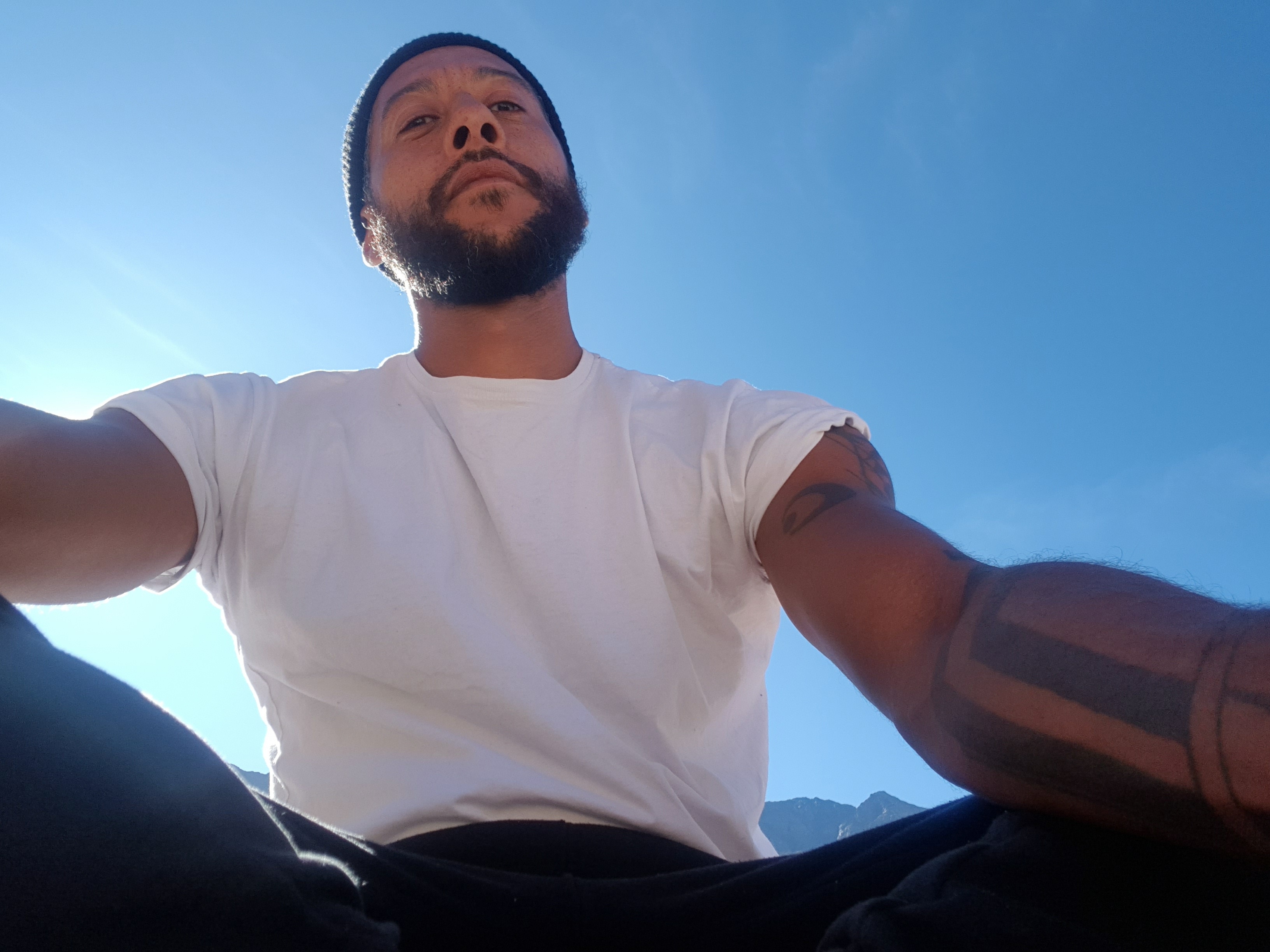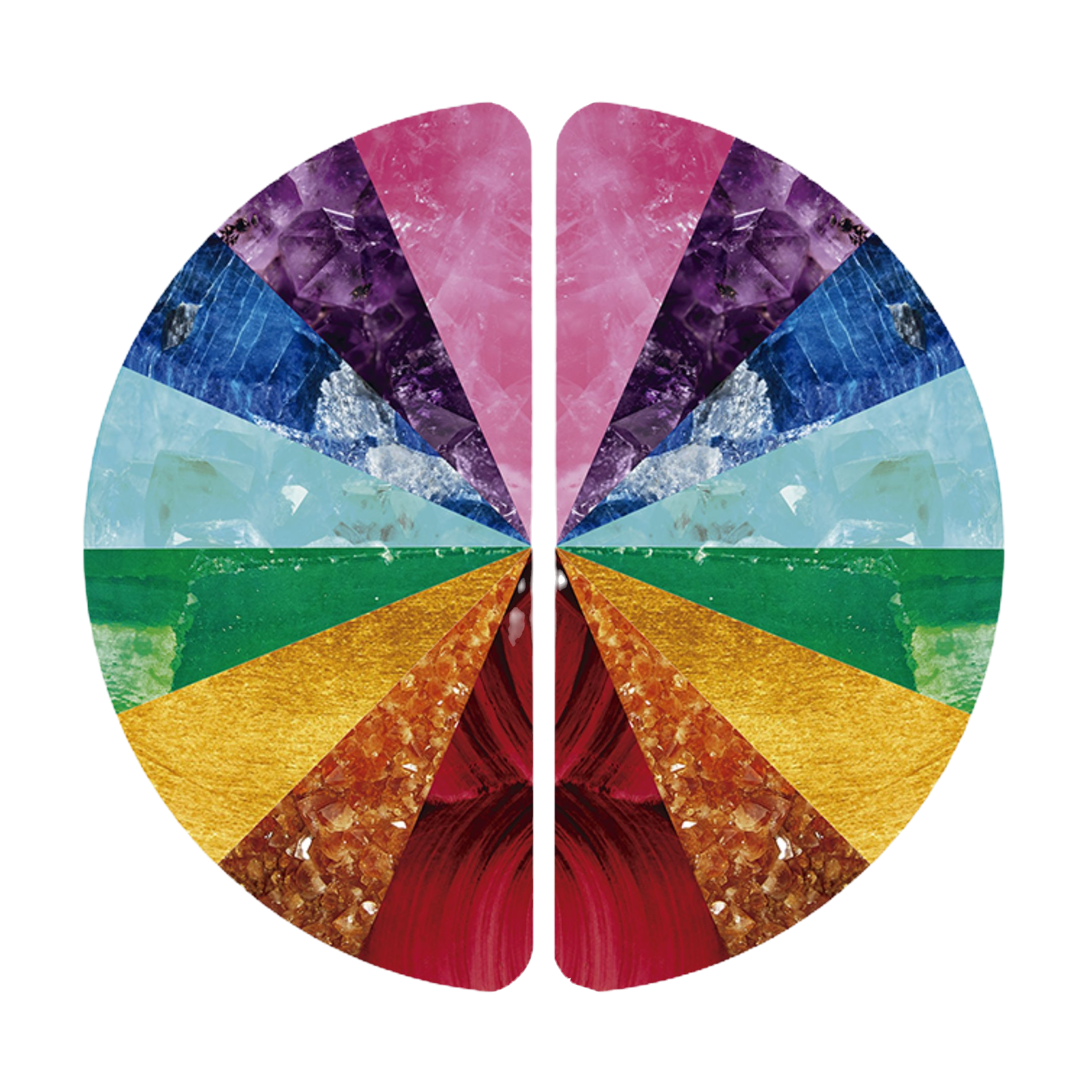Get Out of Survival Mode: Embrace the Art of Self-Observation
- Morris Monroe

- Nov 3, 2023
- 6 min read
Go Within
In the intricate theater of the mind, I frequently encountered two opposing voices, akin to a dueling orchestra of thoughts and emotions. This internal discord was a clear reflection of the duality and turmoil within me. These conflicting voices unveiled the chasm created by beliefs and ideas rooted in a lack of self-trust. They symbolized an ongoing battle between my authentic self and the masks I wore, masks forged from a fear of unveiling my true identity. My journey toward self-trust commenced with self-reflection, self-knowledge, and the pursuit of inner truth. Through this process, I discovered that although confronting the truth within ourselves can be a daunting endeavor, it is a challenge well worth embracing.
A pivotal moment on my path to self-discovery was the realization of my ungrounded nature. It marked a turning point when I consciously chose to delve into grounding practices, gaining a profound understanding of their significance. I came to acknowledge that, at some juncture in my life, I had abandoned a part of myself burdened with deep pain. To cope, I had submerged myself in a sea of thoughts and actions that propelled me forward.
Essentially, I was in a perpetual state of flight, distancing myself from the shadowy emotions and repressed shame I was ill-prepared to confront. However, this evasion of inner work hindered me from attaining the inner alignment and peace I fervently desired.
Through dedicated self-observation, I began to grasp that my inner self-talk was intricately intertwined with my physical sensations and emotions. In essence, the activities of the mind found their origins in the body. This revelation led me to understand that my self-talk wasn't an authentic expression of my true inner voice but rather an emotional manifestation. As a creative individual, my ideas and concepts provided a comforting refuge. It was within this realm that I discovered acceptance and connection with others. Yet, over time, I learned that even this creative persona was just another mask—subtle and enjoyable, yet not authentically genuine.
It took me a considerable amount of time to realize that most of my "doing" and "self-expression" were, in truth, subtle emotional expressions. I hadn't genuinely questioned what was propelling me. By delving into this question, I unearthed that the impetus behind my actions often traced back to deeply rooted emotions, tethered to a narrative, a need, a desire, or a past experience.
How can you begin a practise of self-observation?
Relaxation and Stillness:
Make space in your life for relaxation and stillness. Whether through meditation, mindfulness practices, or simply taking quiet walks in nature, these moments of tranquility allow you to peel back the layers of noise and distraction. In this stillness, you'll find a sanctuary where self-observation can flourish.
Remember that self-observation is not about judgment or criticism; it's about understanding. As you observe your thoughts, emotions, and physical sensations without attachment or aversion, you begin to unravel the mysteries of your inner world. You'll witness the ebb and flow of your emotions, the patterns of your thoughts, and the subtleties of your bodily responses.
Through self-observation, you'll gain clarity about your values, beliefs, and the stories you've woven throughout your life. You'll come face-to-face with both your light and shadow aspects, recognizing that both are integral parts of your unique tapestry.
Relaxation and stillness are integral components, by mastering these practices, you become more receptive to the guidance of your higher self. This heightened receptivity empowers you to discern the wisest course of action in response to life's challenges. Instead of reacting impulsively to external events, you'll learn to listen to the wisdom that resides within you.
Self-Compassion:
Throughout this journey, remember to be kind and compassionate to yourself. Embrace your vulnerabilities and imperfections. Just as you would support a dear friend on their healing journey, extend the same gentleness and understanding to yourself.
Why should we all embrace a practice of Self-Observation?
The benefits of self-observation are profound. By delving into the depths of your psyche, you empower yourself to make conscious choices aligned with your true self. You'll uncover your passions, aspirations, and the path that resonates with your heart. This newfound self-awareness enables you to navigate life's challenges with grace and authenticity.
Self-Observation: Developing Emotional Awareness
Our experience of life is punctuated by reactions to external stimuli and lived experiences. However, many of us lack the essential tools to mindfully and effectively process these reactions. Consequently, we may find ourselves grappling with emotional repression, impulsive behaviors, unconscious patterns, a diminished sense of self, and the overwhelming burden of burnout or a sense of being lost.
The solution lies in embracing the emotional facets of the human experience:
1. Emotional Awareness: The first step is to develop a keen awareness of your emotions. Pay attention to what you're feeling, when these emotions arise, and how they manifest in your body and mind.
2. Emotional Literacy: Build a vocabulary for your emotions. Learn to differentiate between subtle variations of feelings, such as sadness, grief, or melancholy, which can often be lumped together as "feeling down."
3. Body Dialogue Skills: Understand that your body communicates with you through sensations and physical reactions. Listen to these bodily cues to gain deeper insight into your emotional landscape.
4. Emotional Processing Skills: Develop the ability to process your emotions in a healthy way. This includes acknowledging, validating, and expressing your feelings in a constructive manner.
5. Self-Regulation: Cultivate self-regulation techniques to manage intense emotions and prevent impulsive reactions. Techniques like mindful breathing and meditation can be invaluable.
6. Emotional Wisdom: Over time, your emotional experiences will provide wisdom about your inner world. This wisdom can guide your actions and decisions in alignment with your true self.
By intimately acquainting yourself with your emotional patterns, feelings, and reactions, you can discern what truly belongs to your authentic self and what constitutes conditioned responses.
As you move deeper into your practise, you'll realise that your emotions and feelings are not adversaries; they are messengers. They convey vital information about your inner world and can serve as guiding lights toward balance and self-awareness. Recognising that your mind and body are interconnected, and exploring this intricate connection, you'll uncover hidden truths and liberate yourself from the constraints of past experiences.
It's crucial to understand that this path to emotional intelligence and self-awareness is not a grasp for immediate gratification. It's a profound and ongoing journey into the depths of your being. The inner work you engage in, guided by self-observation, will unveil layers of your consciousness, providing insights into your motivations, fears, and desires. The path of self-observation is filled with discoveries, challenges, and transformations. Each step you take brings you closer to the authentic, empowered, and self-aware individual you are destined to become.
Benefits of Self-Observation:
- Emotional Freedom: Release the grip of past traumas and conditioned responses, allowing you to experience emotional freedom.
- Authentic Living: Embrace your true self and live in alignment with your values and desires.
- Improved Relationships: Understand your emotional triggers and communication patterns, leading to healthier relationships.
- Resilience: Develop resilience in the face of adversity, as you learn to respond, not react, to life's ups and downs.
- Clarity and Purpose: Gain clarity about your life's purpose and direction, making informed decisions that resonate with your soul.
- Inner Peace: Experience inner peace and a sense of groundedness as you connect with your inner wisdom.
Self-Observation as a Door Way to Deep Work: Understanding the Shadow
If you've ever felt trapped by patterns of reaction, it's time to reclaim your emotional landscape and free yourself from the clutches of your shadow. In the process, you'll find clarity, authenticity, and a profound sense of peace that arises from inner alignment.
The shadow represents a collection of unprocessed emotions and reactions rooted in past experiences. When left unacknowledged, these latent emotional charges fester within us, waiting to be triggered and to govern our behavior and thoughts. These triggers can manifest as brief, explosive episodes or as a gradual infiltration into all aspects of our lives, entangling us in a reality dominated by the shadow. The shadow can lead to a range of emotions, such as sadness, anger, feeling trapped, disconnected, and unable to express oneself authentically.
The journey of self-observation, self-inquiry, and self-discovery illuminates the path out of this shadowy reality and into a realm of harmony and expansion. This process offers a profound understanding of the self, as well as the recognition of patterns and motivations behind your actions. By reflecting on what emerges and questioning your choices, you gain clarity.
It's essential to acknowledge that a shadow reality may seem fine on the surface but conceals deep-rooted disruptions and underlying issues. If you suspect you might be living in a shadow reality, the first step is to pause. Sit in stillness and observe your internal landscape. If you sense a restless mind, a desire to flee, distractions, or the surfacing of uncomfortable emotions and thoughts, these are clear indicators that it's time to start asking questions and embark on your journey of self-discovery.
This process of self-observation is a powerful tool that unveils the truth hidden beneath the surface. It empowers you to transcend the shadow and connect with your authentic self, fostering a profound sense of clarity and self-realization. It's a journey that takes time and patience but ultimately leads to emotional freedom and inner peace, liberating you from the bonds of your past and the shadow of your emotions.
Are you interested to learn Self Observation practices?
Join my FREE online practice session (audio only). Log in any time.







